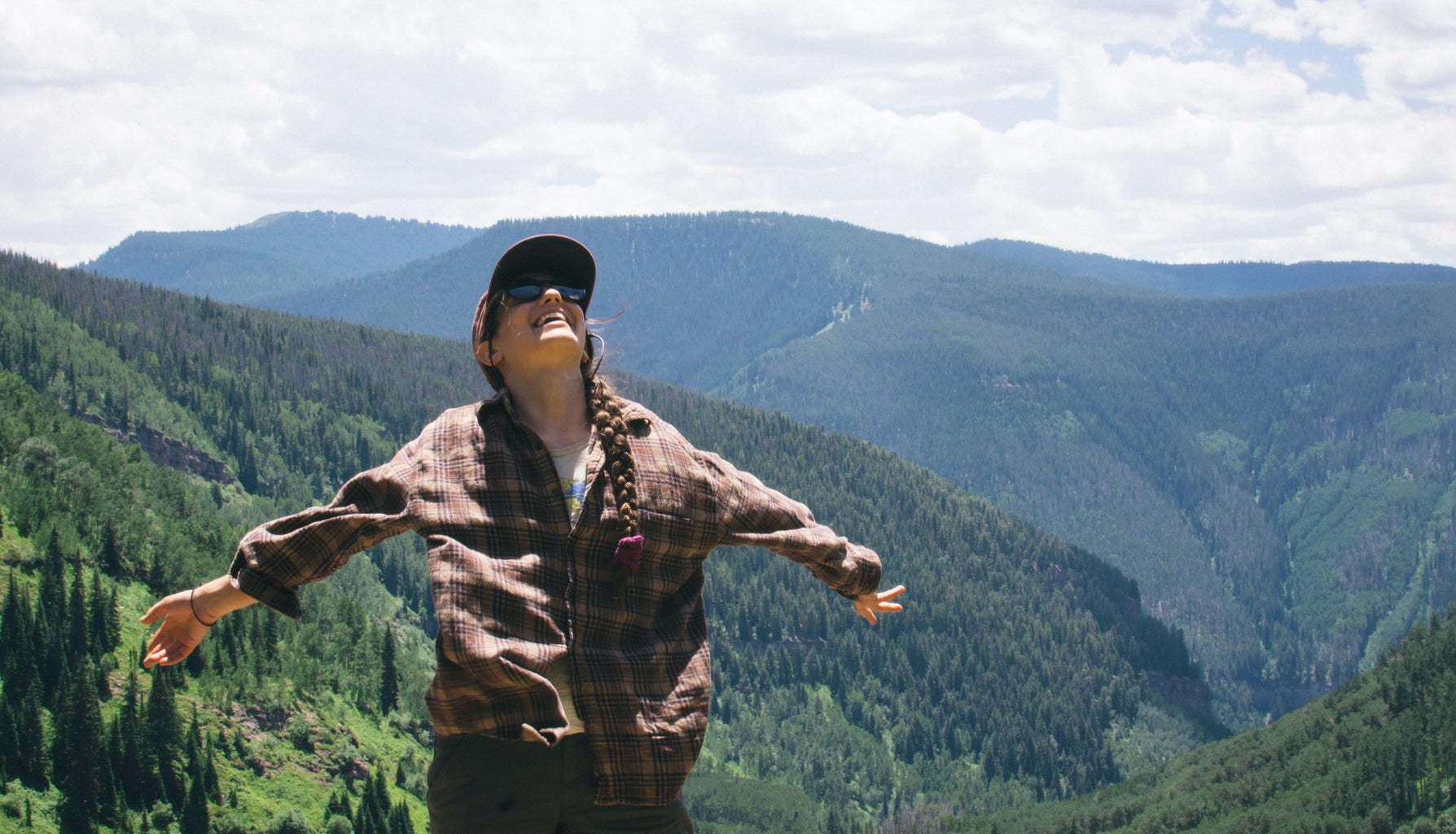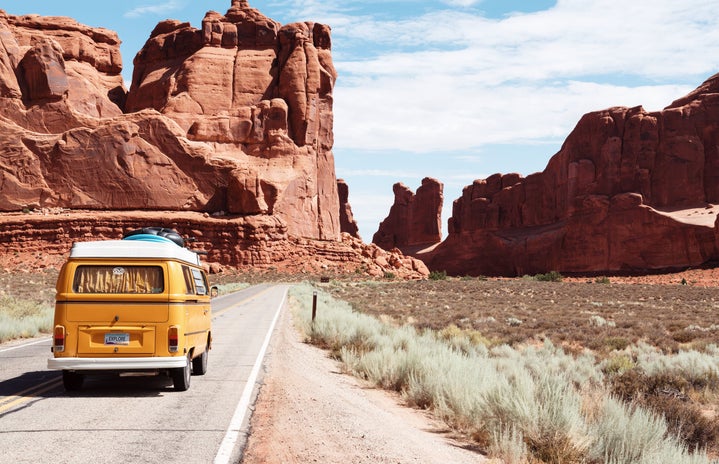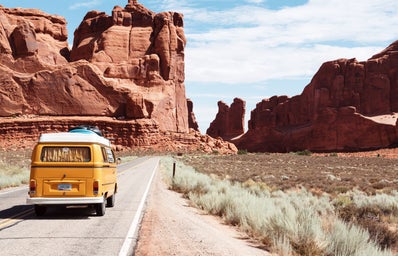The first national park was created in 1872 when Yellowstone was first put under federal protection. Since then, the U.S. has created 421 national park sites, all with the goal to “conserve the scenery and the natural and historic objects and the wildlife therein and to provide for the enjoyment… as will leave them unimpaired for the enjoyment of future generations” (Organic Act, 1916). Something that holds national historical value sounds like culture, and foreign visitors seem to agree. In 2015, 35.4% of all international travelers visited a national park site. The parks, however, suffer from racial gatekeeping, accessibility issues, and mistreatment.
Can the national parks be fully celebrated as American culture? The answer is yes, with an asterisk. The national parks offer centers for research, historical education, and immersion into the natural world. The requirement that a site must ‘hold value’ is very open-ended. Park sites range anywhere from Cane River Creole, two plantations that explore slavery and its effects, to Aniakchak National Monument and Preserve, a massive caldera formed by the Ring of Fire. It is nearly impossible to visit any national park site without gaining new information or appreciation for the United States beautiful landscapes. The park service also fights hard to protect Native American, Hawaiian, and Alaskan rights through funding, preservation of traditions, and collaborative research. The friendly park rangers you might meet do everything they can to represent all Americans.
However, not everyone wants the parks to be accessible; “hardcore” national park-goers try to viciously gatekeep federal land. The “Leave No Trace” movement tends to specifically target BIPOC hikers on social media. White hikers’ feeding of animals and slipping off-trail are brushed off as a “slip of the mind” or “just a quick Instagram shot.” Even more egregious was the vandalism at Joshua Tree National Park during the government shutdown last year. Amid a lack of funding for park workers, vandals ravaged the desert by spray painting rocks and chopping down Joshua trees. How important do Americans consider their parks if they destroy their delicate ecosystems with the slightest sense of boredom?
Despite the setbacks, the National Park Service still works hard to be inclusive––programs such as Pride Outside, Find Your Park, and Every Kid in a Park tackle sexual, financial, and racial inclusivity issues that may stop people from visiting parks. Many smaller park sites are free to visit, and most large parks offer virtual engagement for those who cannot travel across the country.

The National Park Service plays an integral role in maintaining American history and natural beauty. Like many things in the U.S., the parks still struggle with inclusivity and mistreatment. However, they still deserve to be celebrated! With a little research and a trip outdoors, everyone can be proud of our parks.


